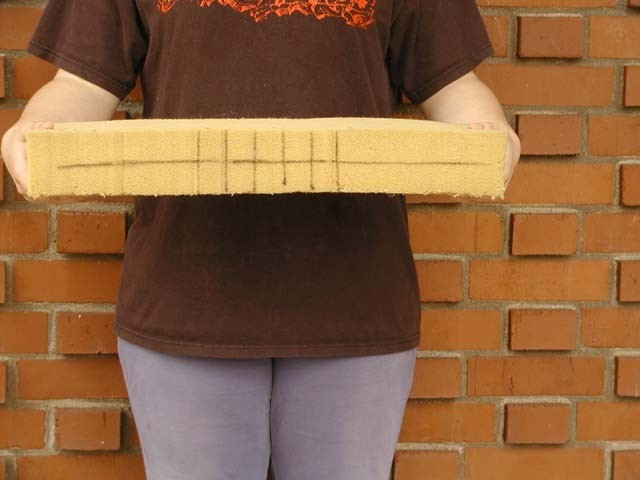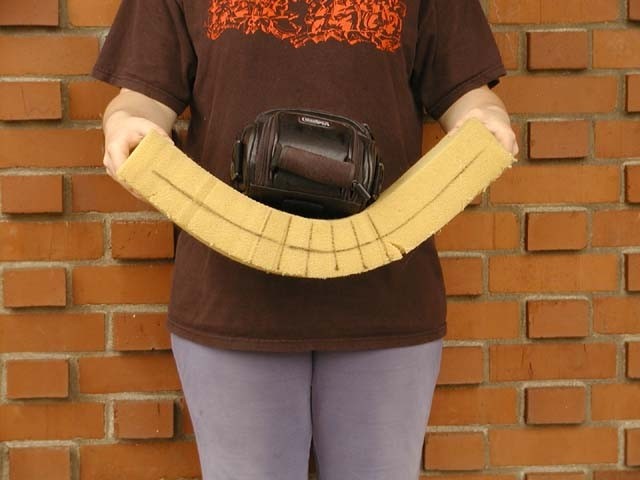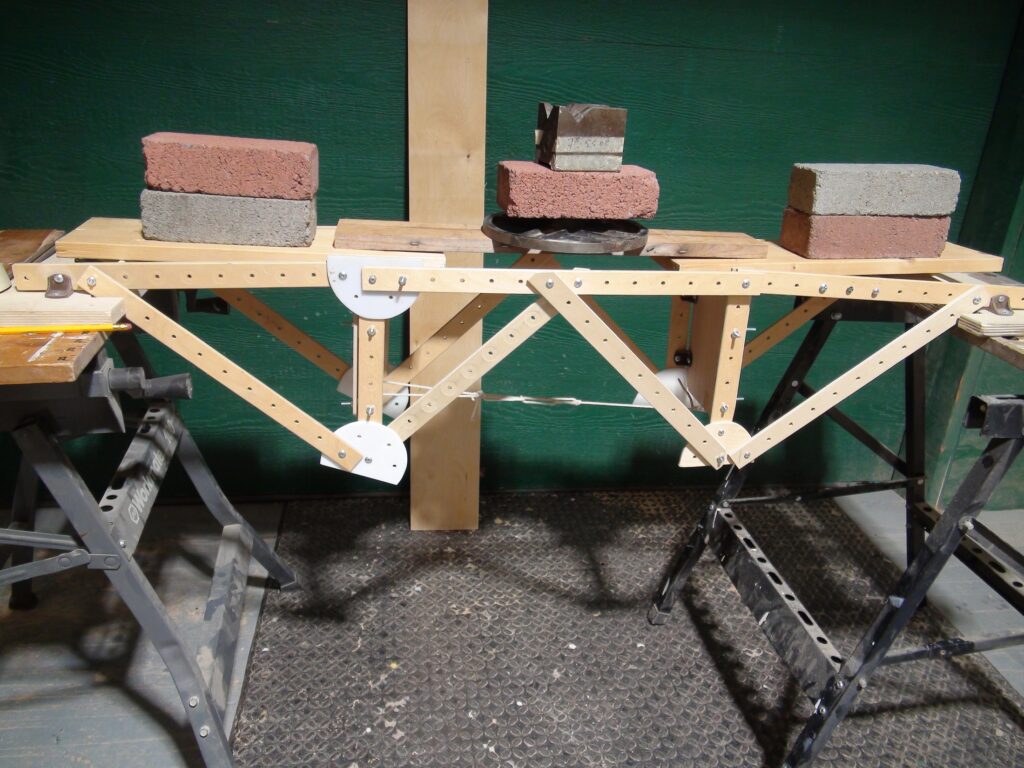FORGET POPSICKLE STICK BRIDGES
Building and testing popsickle stick bridges has been popular for ages. Kids learn that with enough glue and sticks they can build a bridge that will support a heavy load. So they have contests and the bridge that supports the heaviest load wins. And to determine the heaviest load, they have to load the bridge to failure. So what do the kids have to take home?- a pile of broken sticks.,
I’ve been to some of these bridge contests and there’s precious little engineering evident. The kids never know which part of the bridge breaks and why. The most basic part of truss theory concerns which parts of the bridge are in Tension and which are in Compression.
When a stick is experiencing Compression, you might see it buckle under the stress, but how can a stick show Tension? Tension tends to make the stick stretch – but since it’s at the atomic level you really can’t see this stretch (extension). That’s why I put a rubber band, a bungee chord, a string or a cable with a turn-buckle in for part of the bottom chord. Now when the load puts part of the bridge under Tension, you see the string/band/etc. stretch.
In my classes I use a foam “beam” with equi-distant vertical lines on the beam.

What happens when we put a load on the beam?- It bends.

Now the tops of the parallel lines along the top of the beam get closer together. That indicates that the beam (at least the top part of the beam) is being compressed.
What about the bottom part of the beam. Those parallel lines are farther apart-which means the bottom part of the beam is being stretched /pulled apart- in Tension.
Let’s say we have a 50lb. load on the bridge.

Does that mean there’s a pulling force (Tension) of 50 lbs. on the string in the bottom part (chord) of the truss?

I replaced the string with masking tape- not very strong at all. Here’s what happens with a load of only about 20 pounds.
So how do we compute the amount of Tension in the tape (bottom chord of the truss)?
The Method of Joints . I use this method to find the tension in the string in the 3 member truss.
see BASIC TRUSS method of joints